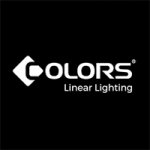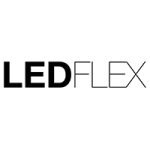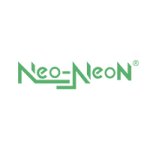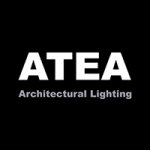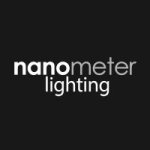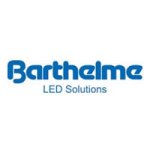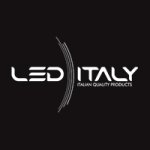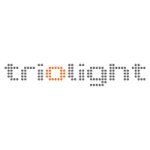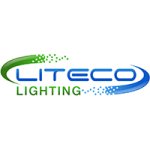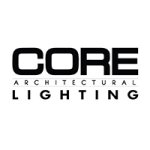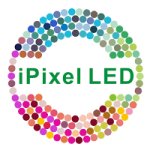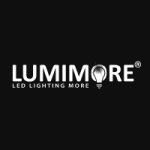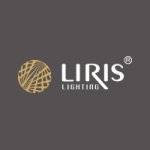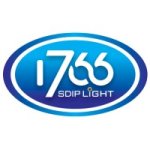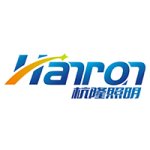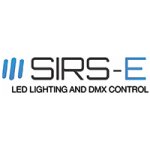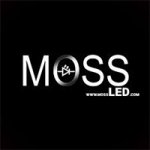Table of Contents Hide
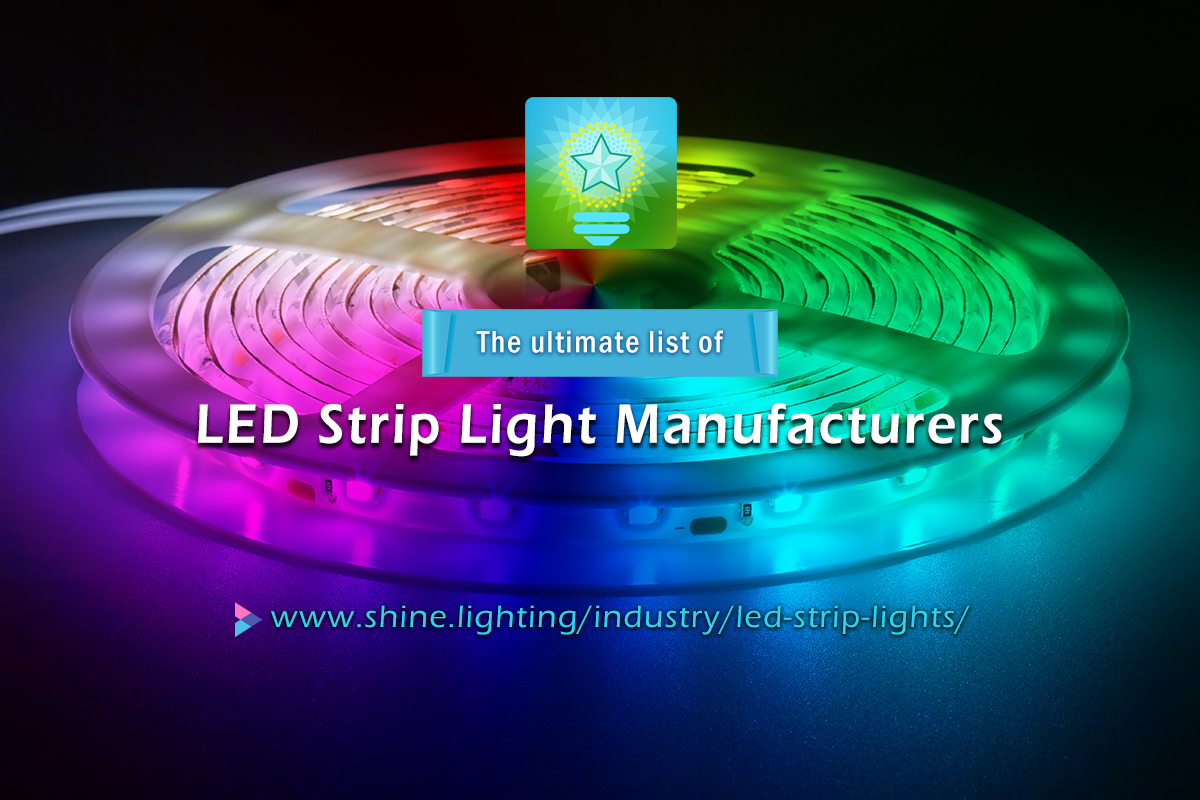
What is an LED strip light
LED strip lights, also known as LED tapes or LED ribbon lights, are linear LED assemblies fabricated on a substrate, typically a flexible printed circuit board (PCB). The LEDs are soldered onto the PCB in a continuous sequence along the length of the strip, creating a line of light. The PCB serves as the fundamental platform for the integration of various components, facilitating electrical connections, offering mechanical support, and, in the case of flexible PCBs, providing the flexibility that allows the strip to conform to different shapes, enhancing adaptability for various installations. Many LED strips come with adhesive backing on the substrate that allows the LED strip to be attached securely to various surfaces. LED strips generally have designated cutting points where the strip can be trimmed to a specific length. This allows for customization to fit the desired application.A multifaceted transformation
The transformation in the lighting world attributed to LED strip lights is multifaceted, encompassing energy efficiency, design flexibility, color options, control capabilities, safety features, and their widespread adoption in various applications. The presence of LED strip lights is expanding into nearly every conceivable lighting application, transforming the way we illuminate and experience different spaces. Their impact extends beyond functional lighting, touching upon creativity, design aesthetics, and the overall quality of lighting experiences. The lighting world, propelled by the innovations brought about by LED strip lights, is evolving towards a more sustainable, dynamic, and user-centric future. The impact of LED strip lights is profound and can be concluded through following aspects:Design flexibility and creativity
LED strip lights have unleashed a new era of design flexibility. Their slim, flexible, and cuttable nature allows for versatile applications in a myriad of spaces, which are challenging with traditional light sources and other types of LED lights. From architectural accents to artistic installations, LED strip lights have empowered designers and enthusiasts to explore creative possibilities like never before.Versatility in applications
LED strip lights are highly versatile and can be used in a wide range of applications, including residential, commercial, architectural, and entertainment settings. This versatility lies in their flexibility, customizable features, color options, suitability for different environments, ease of installation, architectural integration, and the ability to create dynamic lighting effects.Dynamic lighting
The adaptability, programmability, and color-changing capabilities of LED strip lights make them excel in dynamic lighting applications. Whether it's creating dynamic patterns, animated sequences, or synchronized lighting effects, the ability of LED strips to create dynamic lighting effects and scenes allows for the realization of imaginative and visually engaging lighting installations.Smart technology integration
The integration of smart technology with LED strip lights adds an extra layer of convenience by providing multiple control options, automation features, and the ability to customize lighting settings to meet specific preferences. Smart LED strips can be controlled remotely via mobile apps, voice commands, and integrated into smart home ecosystems for centralized control through a single platform.DIY culture and personalization
LED strip lights have fostered a culture of do-it-yourself (DIY) projects. Enthusiasts and homeowners alike are now empowered to personalize their living spaces with custom lighting designs, adding a touch of individuality and uniqueness. LED strip lights are designed for user-friendly installation. This simplicity contributes to their widespread adoption in both DIY and professional lighting projects.Energy efficiency and sustainability
The energy efficiency and longevity of LED technology, including LED strip lights, align with the growing emphasis on sustainability. The reduced energy consumption and longer lifespan of LED strips contribute to their appeal as environmentally friendly lighting options.LED integration and lighting effects
The arrangement of LEDs in an LED strip is a meticulous process that considers factors such as linear alignment, technology choices (SMD or COB), color consistency, flux density, and the potential for specialized effects (e.g., neon, addressable).SMD LED strips feature individual LED packages that are surface-mounted on a flexible PCB. The choice of SMD LEDs depends on the specific requirements of the lighting application, including brightness, color options, and space constraints. The most common types of LEDs used in SMD LED strips include SMD 2835, SMD 3014, SMD 5050, SMD 5630, SMD 3030, SMD 2832, SMD 3528, SMD 2110, SMD 3527, etc. The density of LEDs on the strip, often measured in LEDs per meter (LED/m), influences the lumen output. SMD technology has played a pivotal role in the evolution of LED strip lights, offering a winning combination of compact design, energy efficiency, vibrant color options, and flexible applications. SMD technology allows LED strips to be flexible and bendable, making them adaptable to curved surfaces and intricate designs. This flexibility opens up new possibilities for creative lighting applications in architecture, interior design, and other artistic endeavors. The surface-mount nature of SMD technology lends itself well to automated manufacturing processes, resulting in cost-effective and efficient production of LED strips on a large scale. This has contributed to the affordability and widespread availability of SMD-based LED lighting solutions.
COB LED strips have emerged as a groundbreaking innovation in the realm of LED strips. In traditional SMD LED strips, individual surface-mounted LEDs are spaced apart on a flexible circuit board. Each LED is a discrete component with its own packaging and connections. COB LED strips utilize a packaging technology where multiple LED chips are mounted directly onto a single substrate, eliminating the need for separate packaging for each LED. This arrangement allows for a denser concentration of LEDs in a smaller space. The close proximity of LED chips in COB technology not only enables a higher light output, but also contributes to more uniform light distribution, providing consistent and smooth illumination along the entire length of the LED strip. The combination of compact design, high luminous output and uniform illumination make COB LED strip lights suitable for diverse applications in residential, commercial, and industrial settings.
Neon effect LED strips, also known as LED neon flex, flexible LED neon strips or LED neon rope lights, are flexible lighting solutions designed to mimic the appearance of traditional neon lighting. Neon LED strips combine the aesthetic appeal of traditional neon lighting with the benefits of modern LED technology. Unlike actual neon tubes, which use glass tubes filled with gas and phosphor to create light, neon LED strips utilize LEDs embedded within a flexible, translucent silicone or plastic housing. This housing helps diffuse the light emitted by the LEDs, creating a soft and uniform glow that simulates the appearance of neon tubing. The design and construction of these LED strips enable them to replicate the vibrant and linear glow characteristic of neon lighting.
Side-emitting LED strips are designed to emit light from the side rather than the top. The LEDs are placed along the side of the strip, emitting light parallel to the surface. This design allows for more directional and controlled lighting effects, making them particularly suitable for specific applications. They are commonly used in cove lighting applications, where they can be tucked into architectural features to create subtle and indirect lighting effects. The directional light output of side-emitting LED strips makes them effective for backlighting applications, such as backlighting signage, displays, or architectural features.
Color configuration
LED strips are engineered to deliver specific color outputs, providing users with flexibility in achieving desired lighting effects. The color configuration of LED strip lights encompasses a diverse range of options, catering to various preferences and applications. White output LED strips emit a pure white light and are commonly available in different color temperatures, ranging from warm white (lower Kelvin) to cool white (higher Kelvin). Monochrome LED strips produce a single color, such as red, green, or blue. These strips are suitable for applications where a specific color theme or ambiance is desired without the need for dynamic color changes. Warm dimming LED strips mimic the dimming behavior of traditional incandescent lights. Tunable white LED strips allow both the color temperature and brightness to be adjusted, typically spanning from warm white (lower Kelvin temperatures) to cool white (higher Kelvin temperatures), according to user preferences and specific requirements. RGB LED strips incorporate red, green, and blue LEDs. The fundamental feature of RGB LED strips is their ability to mix the primary colors to produce a broad spectrum of colors. RGBW LED strips combine the color capabilities of RGB with a dedicated white LED for an expanded color gamut and the output high quality whites. RGBA LED strips include an amber LED in addition to the red, green, blue, and white LEDs, allowing for more nuanced and warmer tones. RGBWW LED strips expand on the RGBW configuration by incorporating an additional white LED. LED strips are available in specialized configurations, including UV (ultraviolet), dual white (warm and cool white), and other innovative setups catering to specific applications such as UV effects or precise color temperature control.Analog LED strips vs. digital LED strips
Analog LED strips have a continuous circuit of LEDs along the entire length of the strip. All the LEDs on the circuit share the same control signal and any changes apply uniformly to all LEDs. This means all the LEDs on an analog strip will respond in unison to any changes in the control signal. These LED strips typically use basic dimmer controllers to adjust overall brightness. Lack of individual control restricts the complexity of lighting animations. They are limited to produce simple lighting effects, such as color fades or basic patterns across the entire strip. Analog LED strips offer a straightforward and cost-effective solution for applications where basic, uniform lighting effects are sufficient.Digital LED strips are often referred to as addressable LED strips. Each LED in the strip has its own digital address, allowing for independent control of color and brightness. Each LED can be individually controlled, allowing for pixel-level manipulation. The unique feature of addressable LED strips is the ability to have different LEDs on the strip display different colors at the same time. This simultaneous and independent control over each LED enables a wide range of dynamic lighting possibilities. Addressable LED strips vary not only in terms of their control protocols but also in their color configuration. They are frequently called RGBIC LED strips as most addressable LED strips feature RGB LEDs. By adjusting the intensity of each color, a wide spectrum of colors can be created. The inclusion of an integrated circuit in each LED distinguishes RGBIC LED strips from traditional RGB LED strips. The incorporation of this integrated circuit allows for precise control over each LED, facilitating dynamic color mixing capabilities.
The ability to control each LED independently opens up a wide range of creative possibilities. Digital LED Strips are capable of producing intricate and dynamic effects, including animations, color-chasing sequences, and pixel-level patterns. Digital LED strips are programmable, allowing users to create and upload custom lighting sequences. This programmability is often achieved through microcontrollers or dedicated LED controllers, which handle the control signals and data communication, enabling users to customize the color, brightness, and behavior of each individual LED on the strip. They can be synchronized with external signals or other LED strips, creating coordinated lighting displays across multiple units. Overall, the advantages of addressable LED strips lie in their flexibility, creativity, and the ability to produce visually stunning and customizable lighting displays for a variety of settings, such as in architectural lighting, stage productions, digital art installations, and other creative projects.
Flexible PCB
The flexible PCB serves as a crucial element in LED strip lights because it enables the strip to be flexible, conform to various surfaces, maintain a compact design, ease installation, support customization, allow dynamic lighting configurations, offer versatility in applications, ensure durability, and resist temperature variations. The primary characteristic that defines an LED strip is its flexibility, allowing it to be bent and shaped according to different applications. The flexible PCB is instrumental in enabling this flexibility. The flexible PCB is designed to withstand mechanical stress, vibrations, and environmental factors. LED strips can generate heat during operation. Flexible PCBs often incorporate materials with good thermal conductivity to help dissipate heat efficiently, preventing overheating and ensuring the longevity of the LEDs.LED strips consist of more than just the LEDs themselves. The PCB provides a stable and organized platform for the integration of various electronic components, such as resistors, transistors, capacitors, and voltage regulators. Addressable LEDs often include a controller and driver. The controller manages the sequence of colors and lighting effects, while the driver regulates the power supplied to the LEDs. These components work together to control the color, intensity, and other features of an LED strip. Circuit traces in flexible PCBs of LED strips are essential for ensuring electrical connectivity, signal transmission, power distribution, mechanical flexibility, and proper alignment of components.
The careful design and construction of the flexible PCB are essential for ensuring the reliability and performance of the LED strip. The substrate of an FPCB is the base material of the flexible PCB. Common materials include polyimide (PI) and polyester (PET). Polyimide is often preferred due to its excellent thermal stability, flexibility, and resistance to high temperatures. Thin layers of copper foil are laminated onto the substrate. Copper is used for its excellent electrical conductivity, allowing it to carry the current required for the LEDs. Copper foils are chemically etched or mechanically removed to create conductive traces that form the electrical pathways on the flexible PCB. These traces connect the LED components and other electronic elements. A flexible coverlay, also made of polyimide, is applied to further protect the copper traces and components. It provides mechanical strength and helps prevent damage during bending or flexing.




